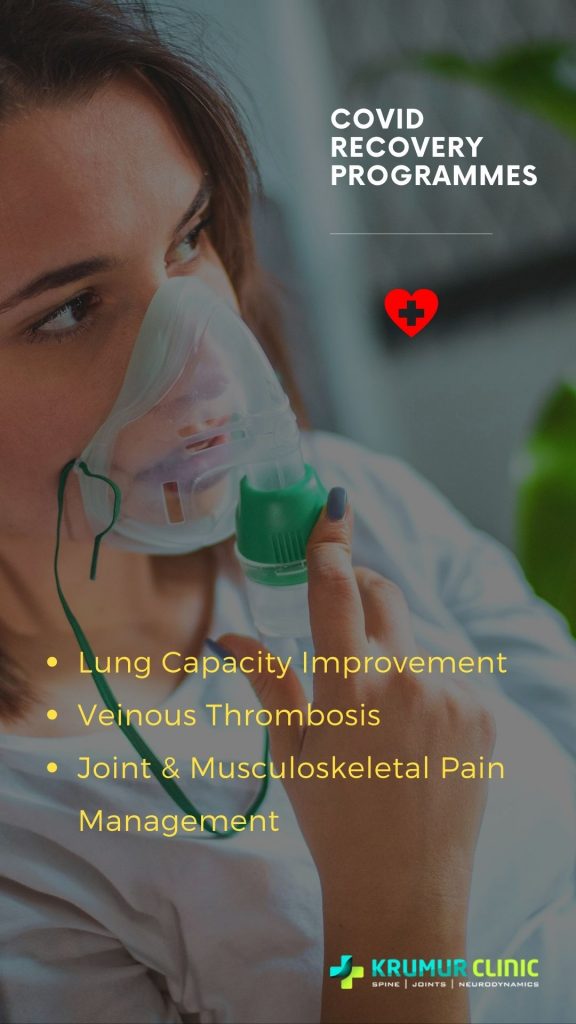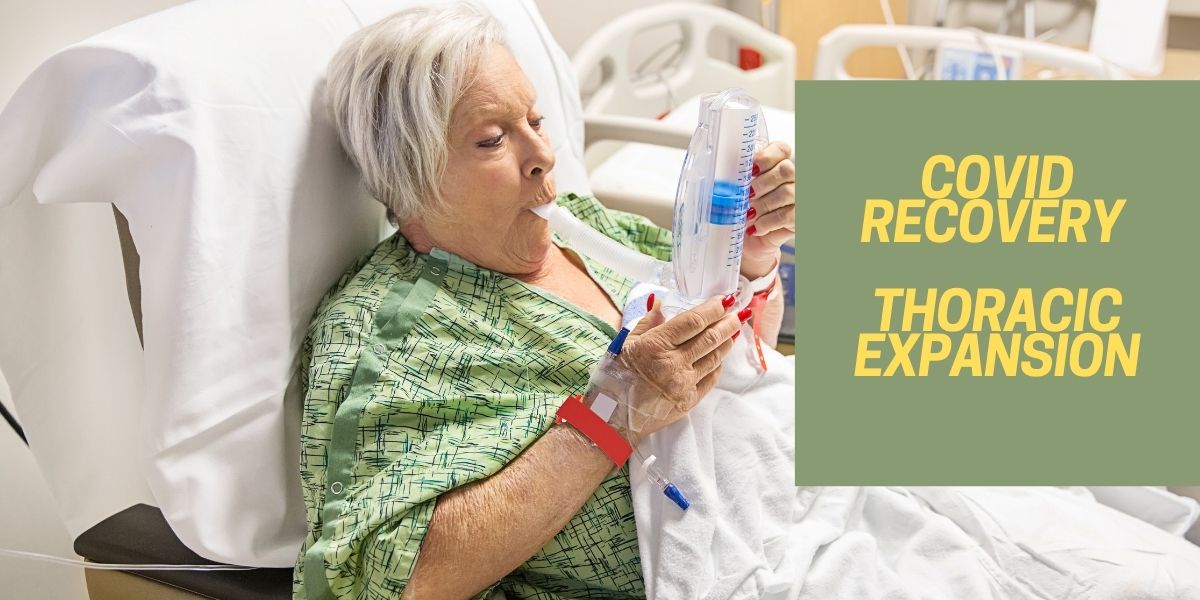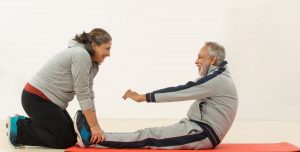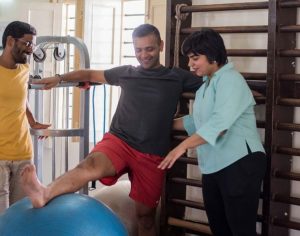
Dr. Neha Gidwani
Masters in Exercise Science & Sports Physiotherapy
In our earlier post we spoke about the importance of Covid Recovery and some simple Breathing Exercises.
In our next section we now introduce Chest Expansion/ Thoracic Expansion exercises aimed at getting the biggest breath of air possible into the lungs to help move any secretions (phlegm) that may be present at the bottom of the lungs, and increase lung volumes.
Rationale: Chest wall dynamic hyperinflation and rib cage distortion can be a contributor to breathlessness in patients with COPD. The procedure to increase chest mobility includes specific chest stretching and mobilization.
Chest physiotherapy plays a significant role in preventing or reducing pulmonary complications which includes various contents such as breathing exercises, chest manipulations, huffing, coughing, percussion and vibration. Breathing exercises are usually prescribed mainly for the patients having pulmonary complications such as increase in secretions and reduced mobility of chest wall.
These exercises are to be carried out in a sitting position / lying position as shown in the videos below.

BENEFITS
The main benefit of Thoracic exercises is to allow air to get right to the bottom of the lungs to help mobilise secretions, by clearing secretions you significantly decrease the risk of developing a chest infection.
Other benefits include:
- Improved respiratory function (gas exchange)
- Increased lung volumes
- Improved chest expansion
- Promote relaxation
- Reduce reliance on oxygen therapy (if applicable)
- Can be carried out independently by patient with no need for supervision
- Can be carried out in a number of positions, from sitting watching television, to lying in bed.
Who would benefit from deep breathing exercises?
Deep breathing exercises are beneficial in all respiratory patients, not only to mobilise secretions but to generally enhance lung function and prevent atelectasis (areas in the lungs where gas exchange is unable to occur). Respiratory conditions that are likely to benefit from thoracic expansion exercises include:
- Cystic Fibrosis (CF)
- Following surgery
- Pneumonia
- Obstructive respiratory conditions – Chronic Obstructive Pulmonary Disease (COPD), emphysema, severe asthma, chronic bronchitis
- Bronchiectasis





1 comment
Comments are closed.